Quartzy: the autumn circus edition
Happy Friday!
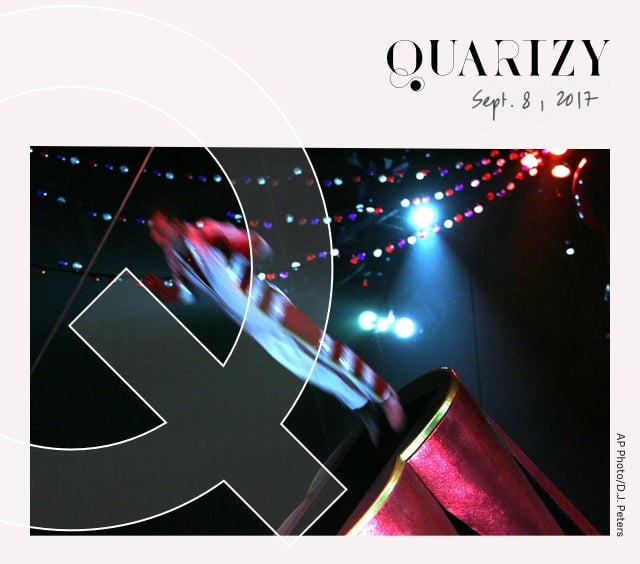
Happy Friday!
The “fall preview” time of year often makes me feel like I’ve been shot out of a cannon. Sometimes it’s in an exciting “wahoo!” way: So many art openings! It’s Fashion Week! Transparent is almost back! Quartz is in print! Others, it’s like I’m moving at an uncontrollable velocity, at risk of slamming into a wall.
My methods for dealing when I feel overwhelmed are myriad, many of which I’ve shared before. I close Twitter; I repeat the “baby steps” mantra from What About Bob?; I set 25-minute timers for tasks; and I listen to Christine McVie sing ”Honey Hi” on repeat.
I recently added another tool to my box—just in time for school-supply season—in the form of multi-colored Post-it notes.
Quartz’s Lila MacLellan introduced me to Personal Kanban, a workflow management technique developed at Toyota in the 1940s. To personalize the technique, you write each of your tasks on a Post-it note and put them on a notebook or bulletin board. The notes are divided into three columns: “options,” “doing,” or “done.” The idea is that you should only be “doing” a maximum of three items at a time, forcing you to prioritize and focus.
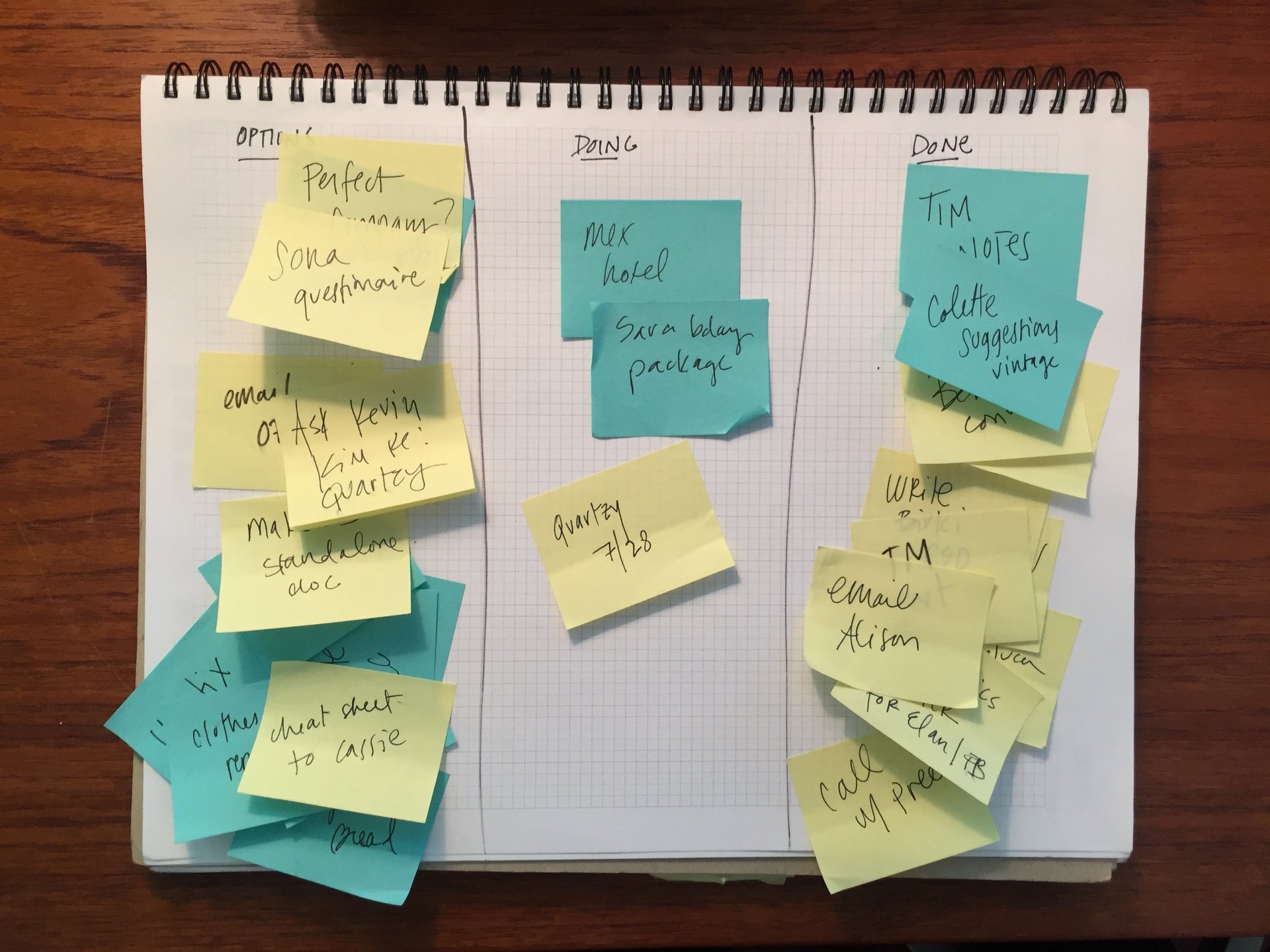
“Most of us have at least two competing priorities at a given time, while a third task might be more passive,” writes Lila. “Maybe you’re working on two projects at home while doing the laundry, for instance.”
All summer, I’ve been using different colored notes to distinguish work-related tasks from personal ones, creating a sort of interactive to-do list. At the end of each week, the “done” side of my Kanban sheet usually hosts a pile-up, reminding me of what I’ve accomplished before I peel them off and throw them away, satisfied.
Talk about a cultural agenda. If deciding which shows to watch, exhibits to see, and whether to pay attention to Fashion Week at all can feel daunting, imagine the pressure of selecting the sounds and images to represent the human race billions of years after we’re gone. This is the perspective a now-streaming PBS documentary, The Farthest: Voyager In Space, promises to deliver.
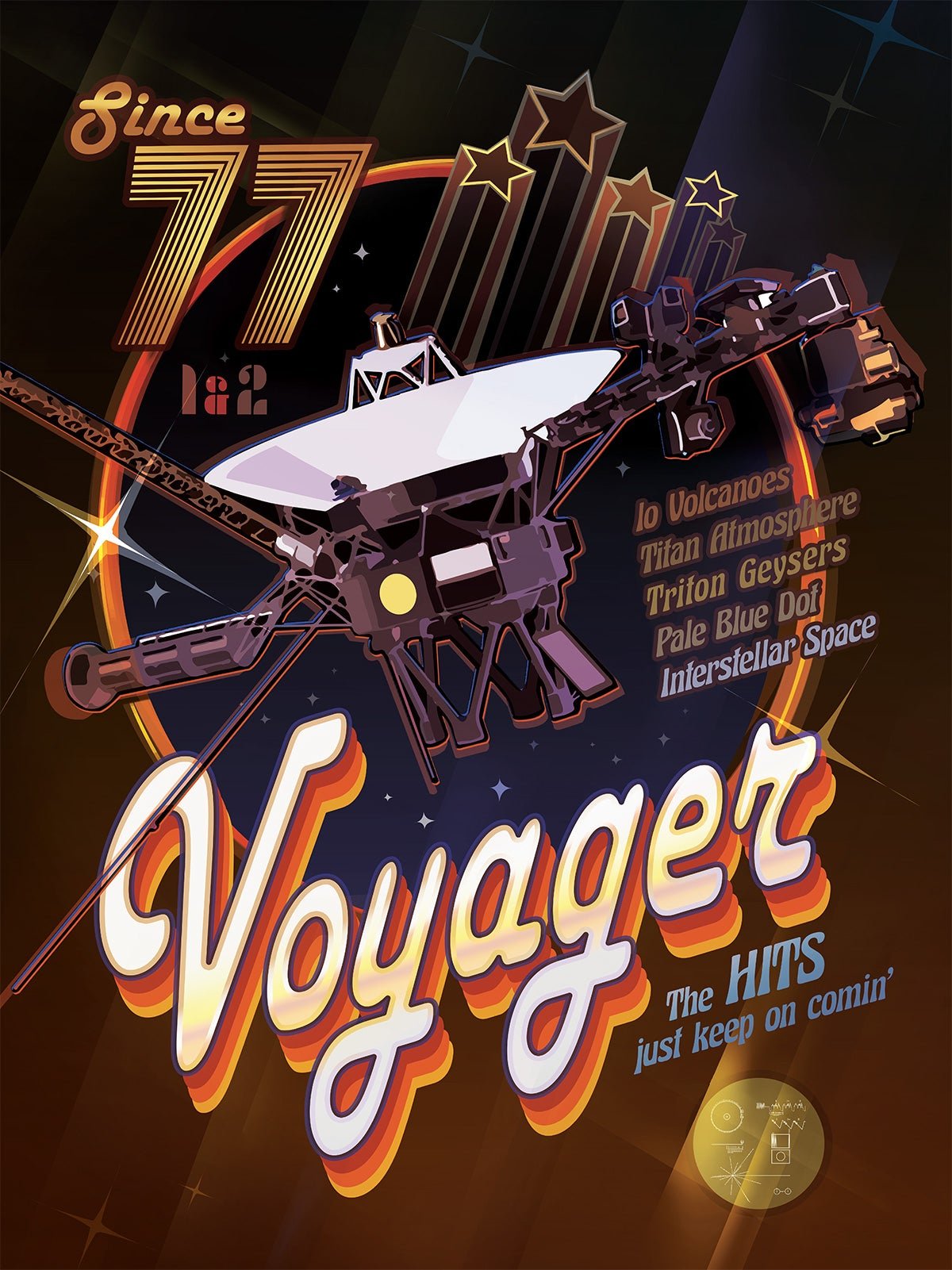
The Farthest tells the story of the US spacecrafts Voyager 1 and Voyager 2, which launched 40 years ago on a journey to explore our solar system before launching into interstellar space. (NASA is commemorating the anniversary with a series of posters, including the one above.) Each spacecraft carried a golden record with scientific diagrams, photographs, nature recordings, and music—from illustrations of continental drift and photos of the Taj Mahal to recordings of storms, surf, and Chuck Berry’s “Johnny B. Goode.”

“The spacecraft will be encountered and the record played only if there are advanced space-faring civilizations in interstellar space,” said Carl Sagan, who chaired the curation committee. “The launching of this bottle into the cosmic ocean says something very hopeful about life on this planet.”
Speaking of selection. Quartz’s Adam Epstein has thankfully edited the endless list of fall shows down to the sane number of four shows to invest in: The Deuce, Mr. Robot, Stranger Things, and Mindhunter.
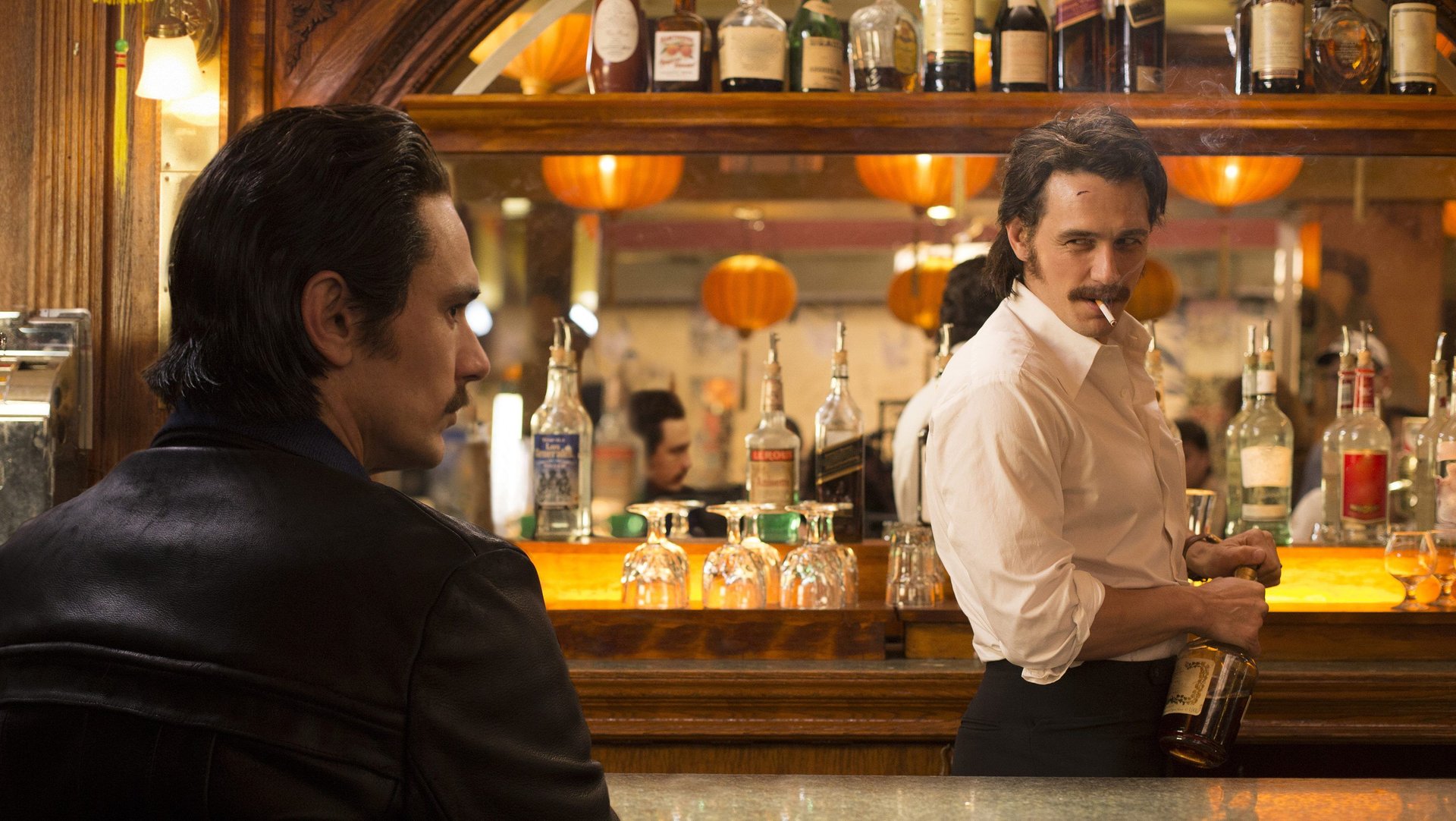
What to watch is a highly personal choice, of course, and Adam provides short notes on what makes these shows appealing—and potentially skippable—to certain audiences. The Deuce sounds pretty promising, given that it’s new material from The Wire creator David Simon featuring 1970s costumes, Maggie Gyllenhaal, and James Franco playing twins. Those of us prone to nightmares, on the other hand, should skip Mindhunter.
Alternatively, thanks to Quartz editor Sarah Todd’s endorsement, I might try out The Bold Type, the complete first season of which is now online. The show takes place at the offices of a magazine not loosely based on Cosmopolitan, where young women in their 20s act out a narrative that Sarah says was missing at the start of her own career: They consistently take professional risks and are not punished for it, even though sometimes they screw up.

“I spent much of my 20s feeling panicked about every minor workplace misstep, agonizing over perceived mistakes while scrambling to please everyone around me,” writes Sarah. “Women start internalizing self-doubt from the moment they’re born. What I wanted, more than anything, was for someone to tell me, ‘Screw it—go for it anyway.’”
A character based on the show’s executive producer, Joanna Coles—the former Cosmopolitan editor-in-chief who now heads all of content for Hearst—seems the ideal person to deliver this message to a new generation.
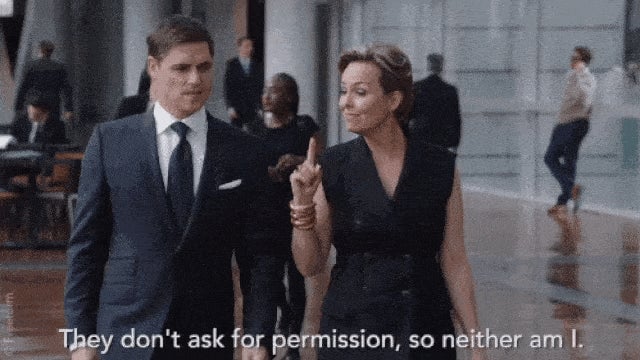
Design reporter Anne Quito is back from Columbus, Indiana (where you may remember she fell in love with a conversation pit)—and wholly endorsing the town of 46,000 as a destination for like-minded architecture aficionados, with public buildings by Eliel and Eero Saarinen, I. M. Pei, Alexander Girard, Robert A. M. Stern, Richard Meier, Robert Venturi, and Cesar Pell.

“There’s endless fodder for Instagram vignettes,” writes Anne. “But it’s devoid of large tour buses, slow-moving tour groups, or even a direct shuttle from the airport, giving the town a precious, unspoiled quality.”

For the next three months, Columbus has erected a series of contemporary installations alongside its most iconic buildings. If you can get there, Anne advises you also visit Zaharakos ice cream parlor. If you can’t, you could instead see the new movie Columbus, a Sundance hit from the director Kogonada, who told Anne he set his first film in the Indiana town because he sensed the “hopeful, melancholic, and poignant” aspects of modernism there.
Sounds like a lovely place to escape the circus.
Have a great weekend!
[quartzy-signature]
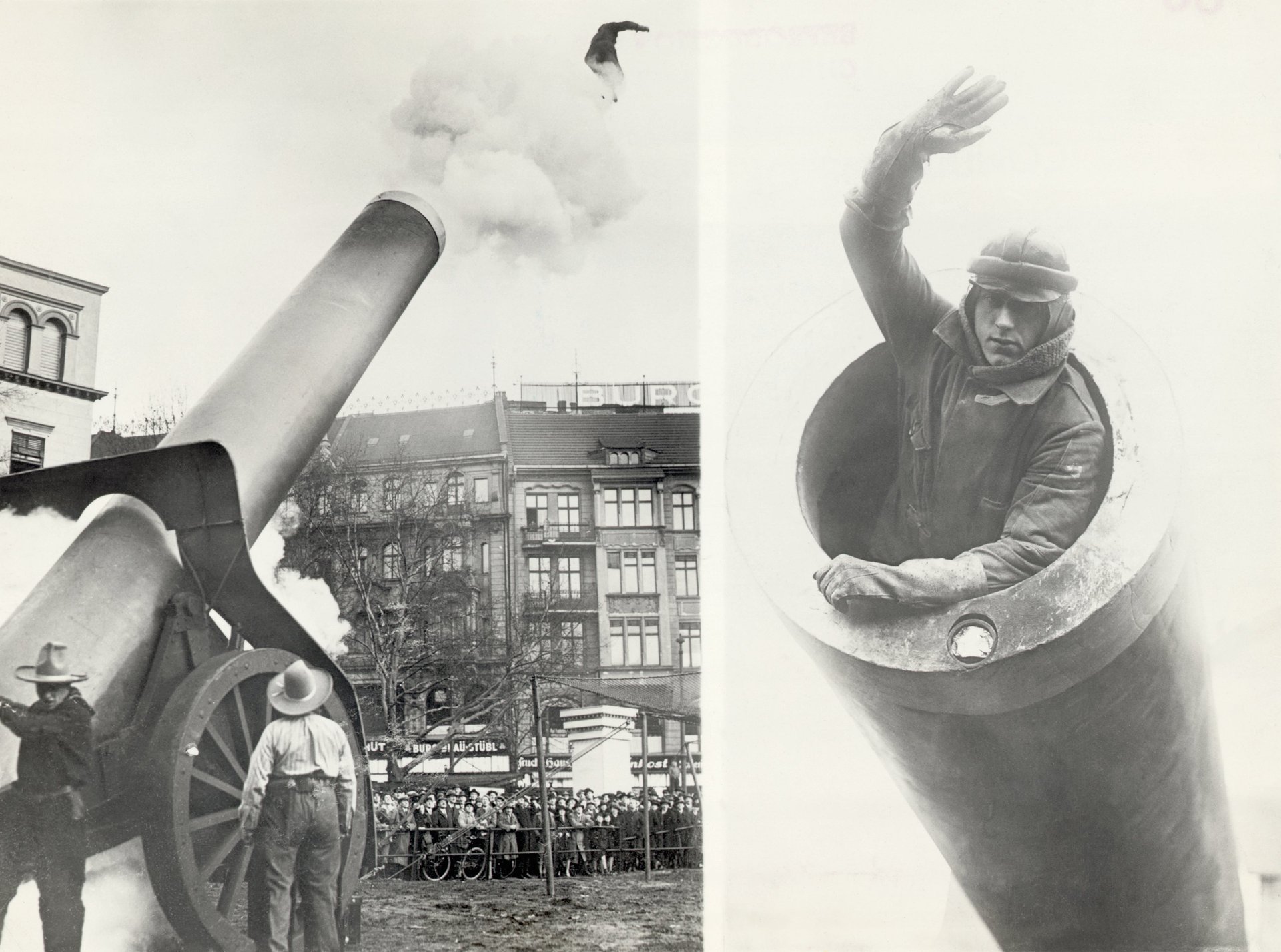

Is there any music more autumnal than that of Neil Young? A new album featuring 41-year-old work by the Canadian singer-songwriter comes out today. Young recorded the 10 songs on Hitchhiker on an acoustic guitar in Malibu in 1976. Fans may recognize a few—”Pocahontas” and “Powderfinger” are here—but there are two previously unreleased songs that are pretty exquisite. (“Give Me Strength” is particularly heartbreaking.) Give me that harmonica, an Old-Fashioned, and an afghan throw, and let’s call it a night.